What Is A Moroccan Caftan ? What Is A Takchita ?
Moroccan Caftan or Moroccan Kaftan is a long dress that Moroccan women wear in special events such as weddings and birthdays. Moroccan Kaftans gained popularity after they have been introduced to the World by the biggest clothing lines and stylists through fashion shows.

What is the difference between a Moroccan Caftan and a Takchita ?
Oftentimes non-Moroccan designers confuse Moroccan Caftan with Takchita, therefore they don’t make a difference between a Takchita and a Caftan, they call them both Moroccan Caftan. The truth is that in Moroccan culture women and stylists make a difference between these two:
Takchita : is a two piece dress composed of two parts, a Tahtiya as the first layer (a caftan traditionally simple with no ornaments) , and Fouqia or Dfina as the second layer, a kaftan which is often open and transparent with a lot of beautiful embroidery and ornaments.
A Takchita is usually worn with a Mdamma (belt), either made of silk or made of gold or silver decorated with precious stones (diamond, ruby, sapphire and emerald)
Caftan : is a one piece dress usually worn loosely without a Mdamma (Belt).
History
Moroccan Caftan finds its roots in Persian heritage introduced to North Africa by Arab conquerors. Moroccan caftan is a cultural heritage resulting of the multiple civilizations that took over in Morocco during the past centuries. Several cultures had contributed in the creation of Moroccan Culture; Berber culture, Arab culture, Andalusian culture.
Women in North Africa, especially in Morocco and Algeria, wear Moroccan kaftan both daily at home and occasionally at special events. Moroccan Caftan is the equivalent of Abaya in the Middle East.
Popularity Princess Lalla Salma wrearing a Moroccan Caftan
Before the 1990’s Moroccan Caftan was unknown to the World, but it gained popularity thanks to :
Moroccan diaspora: Moroccan emigrants and their descendants estimated to be 4.5 million living abroad. These emigrants brought Moroccan Kaftan with their culture to Western countries.
Fashion Shows:Countless Fashion Shows held across the globe introduced Moroccan Caftan and Takchita as the main theme of the night . Amongst those shows :
- Caftan 2009: Televised on Fashion TV

- Caftan 2012: Held at Palais Des Congrès Marrakech. This event has been televised on national Moroccan TV station 2M.
- Moroccan Kaftan Show : Held in London
Stylists and Designers: The first Haute Couture stylists to import Moroccan caftans and Takchitas into their catalogs were Yves Saint Laurent, Kenzo, JP Gautier and Christian Lacroix.
Moroccan Royal Family: The Royal Family is known to be very proud of Moroccan Caftan and Takchita, especially in international official events where cameras are pointed to them. Most of Moroccan people consider Princess Lalla Salma or Lalla Selma to be the greatest shining star from the royal family representing the culture of Moroccan Kaftan across the globe.
Now that Moroccan Caftan and Takchita have been introduced to the World, designers and stylists are rushing to include them into their catalogs.
The Golden Age Of Moroccan Caftan and Takchita
After Moroccan Caftan made its breakthrough in the world of fashion, numerous stars appeared wearing it in big events.
Hillary Clinton Wearing Moroccan caftanHillary Clinton with The King Of Morocco Mohammed VIHillary Clinton and Princess Lalla Meyem wearing Moroccan Caftan
While she was visiting The Kingdom Of Morocco Hillary Clinton has enjoyed her discovery of a new clothing style, the Moroccan Caftan.
Beyonce wearing a beautiful red Moroccan traditional caftanBeyonce wearing a beautiful red Moroccan traditional caftan
American star Jessica Simpson wearing a beautiful black Moroccan Caftan for Halloween American star Jessica Simpson wearing a beautiful black Moroccan Caftan for Halloween
American actress and Academy Award winner Susan Saradon wears a beautiful blue traditional Moroccan CaftanSusan Sarandon wearing a beautiful Moroccan Kaftan

























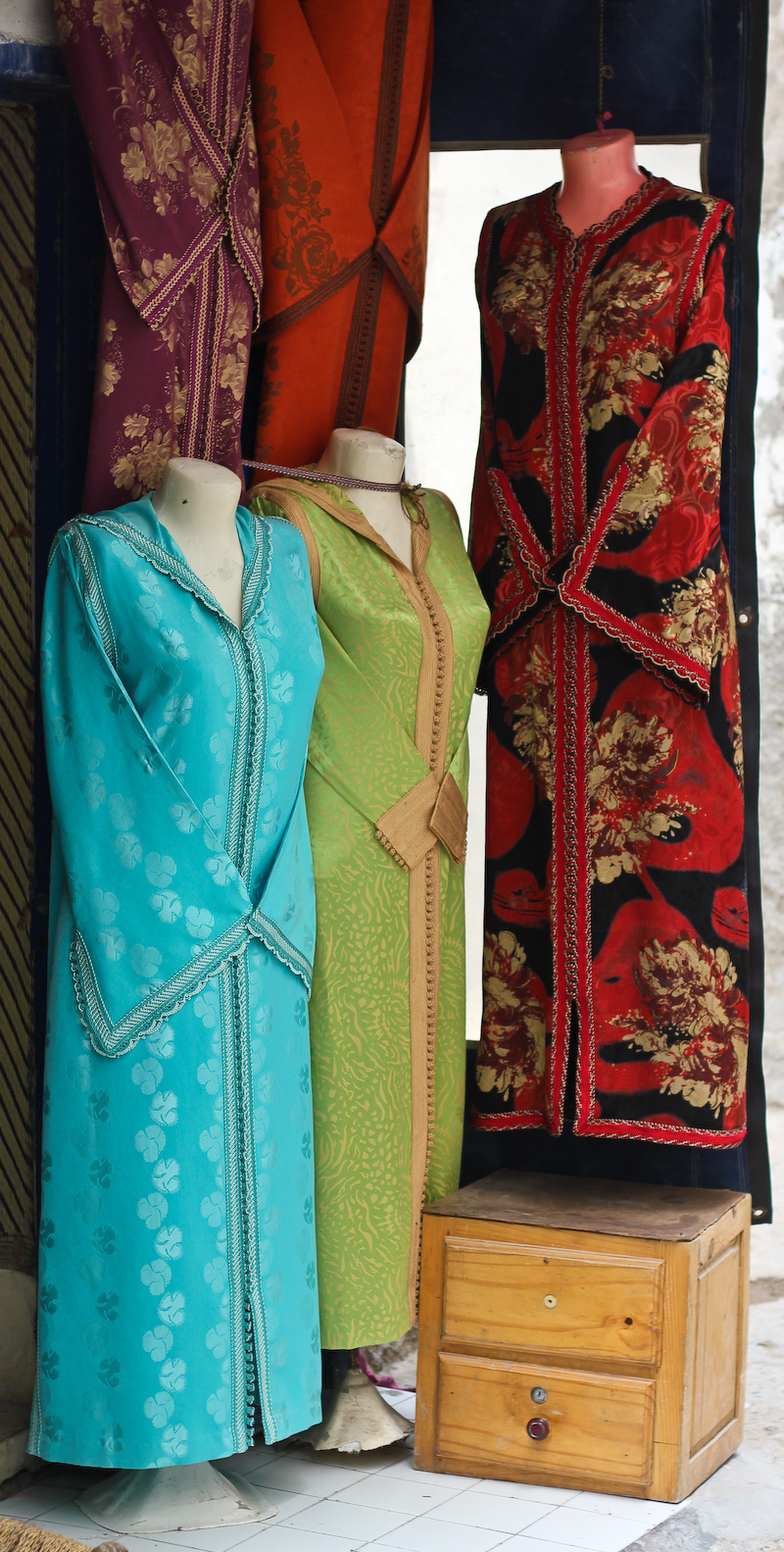
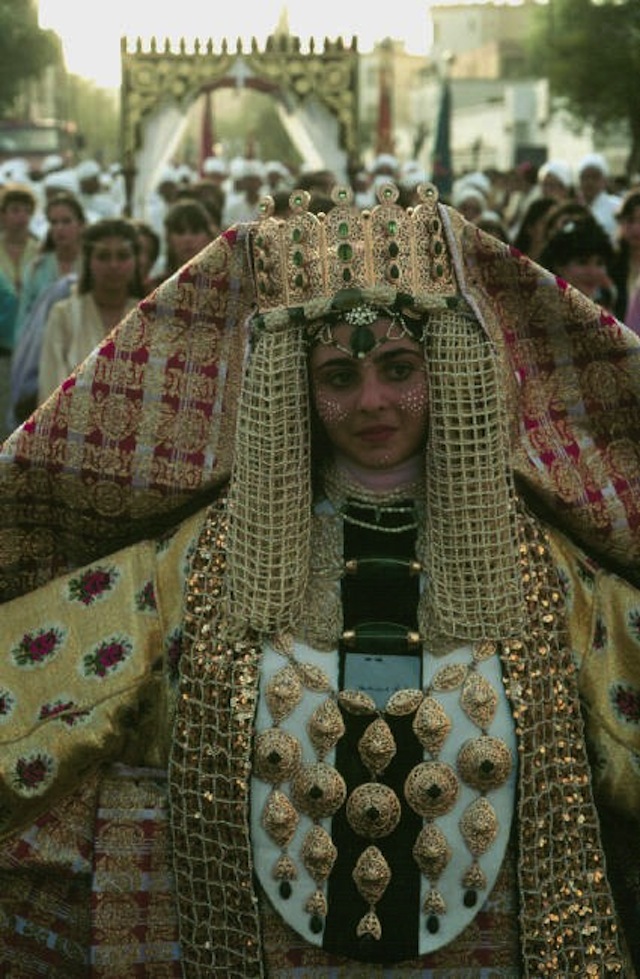
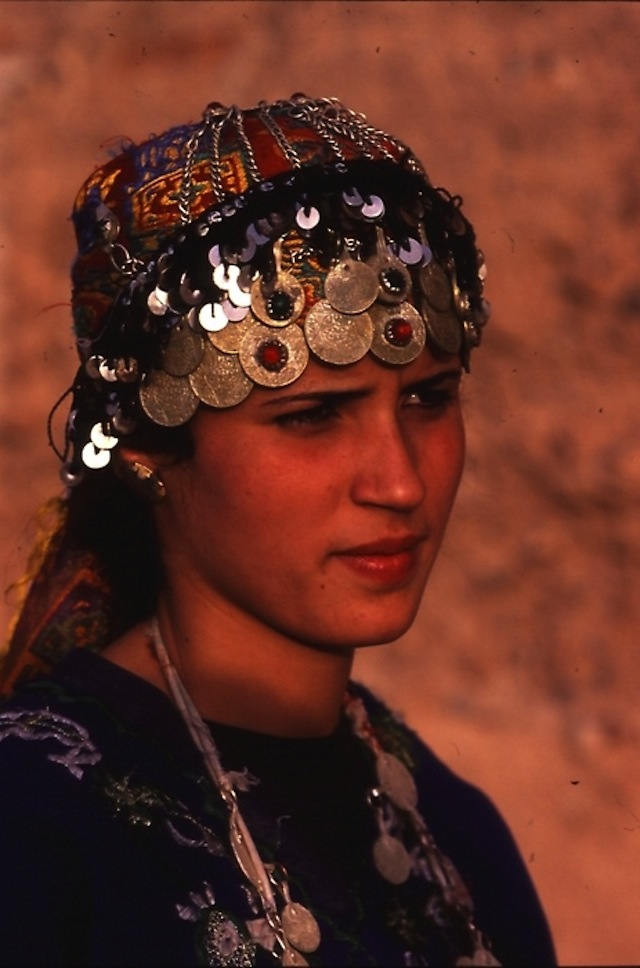
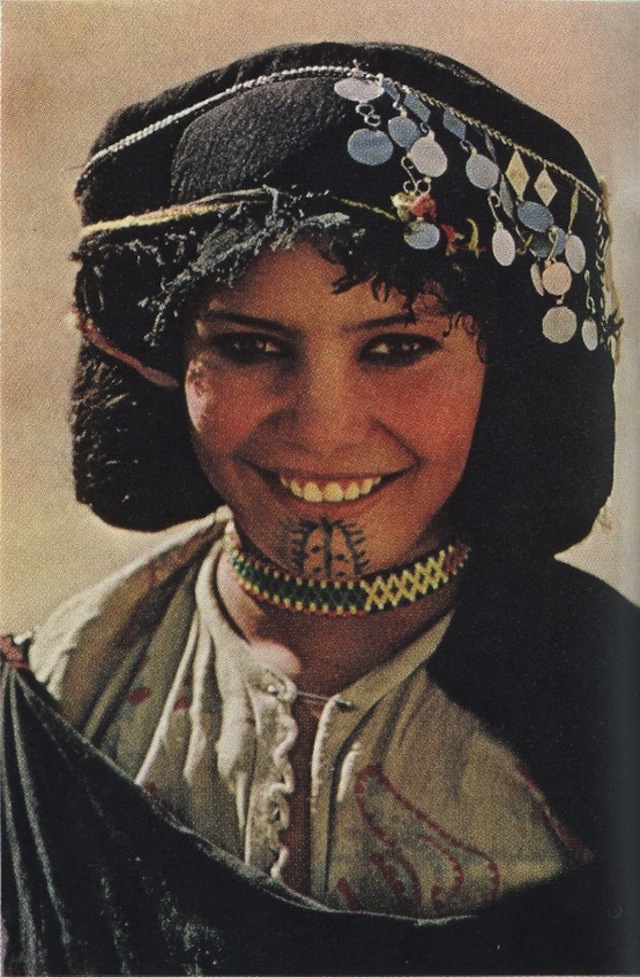
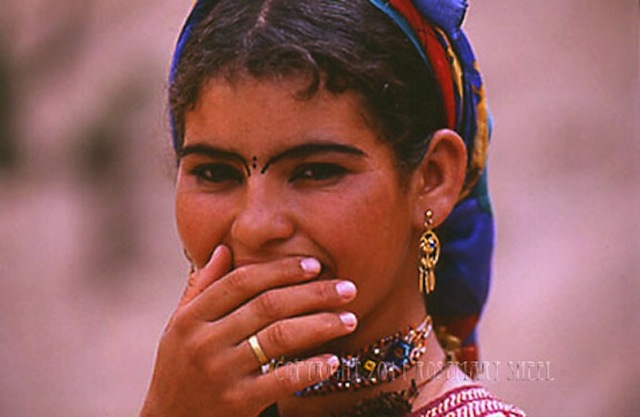
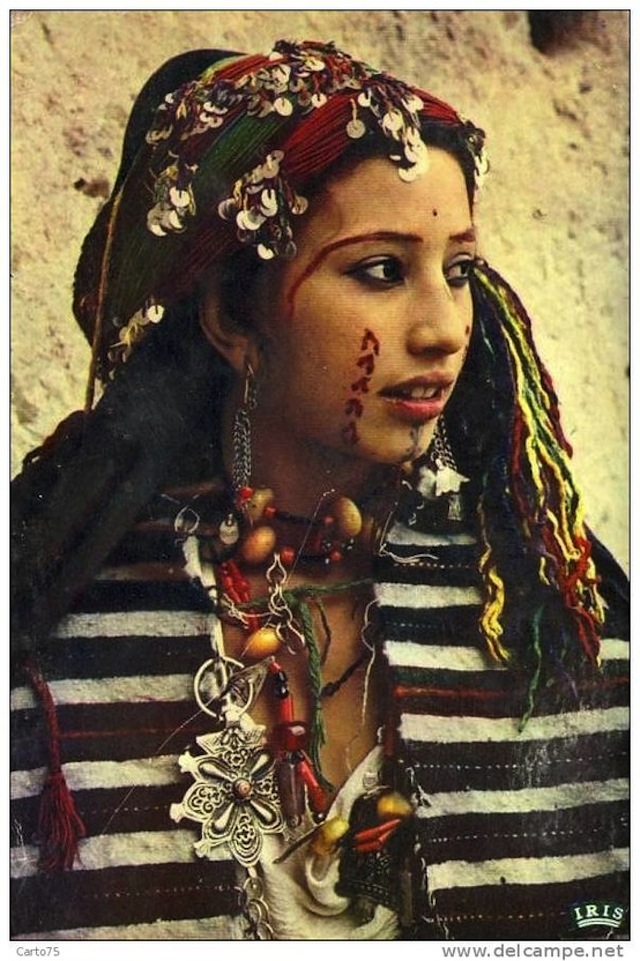
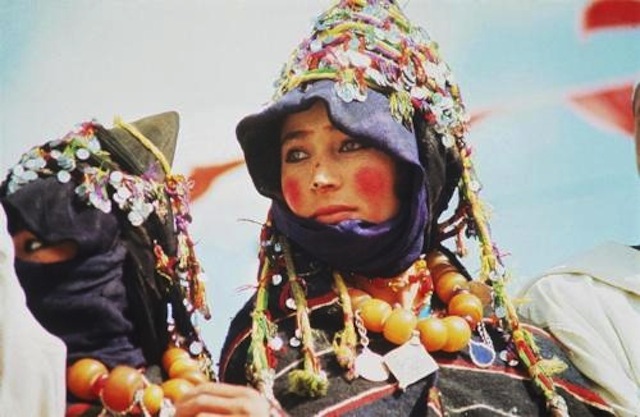
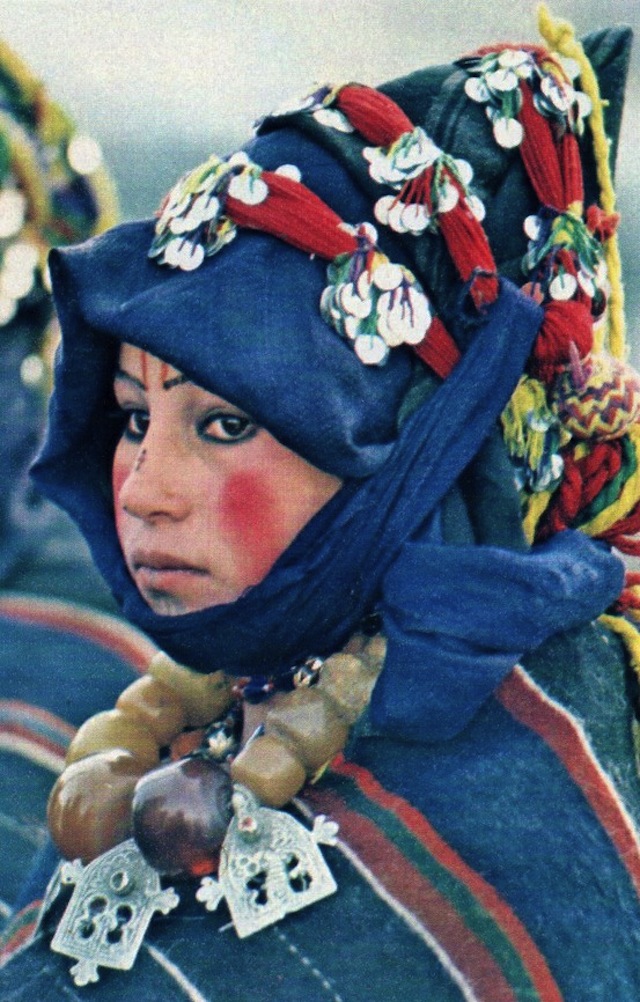 Above, January 1980.
Above, January 1980.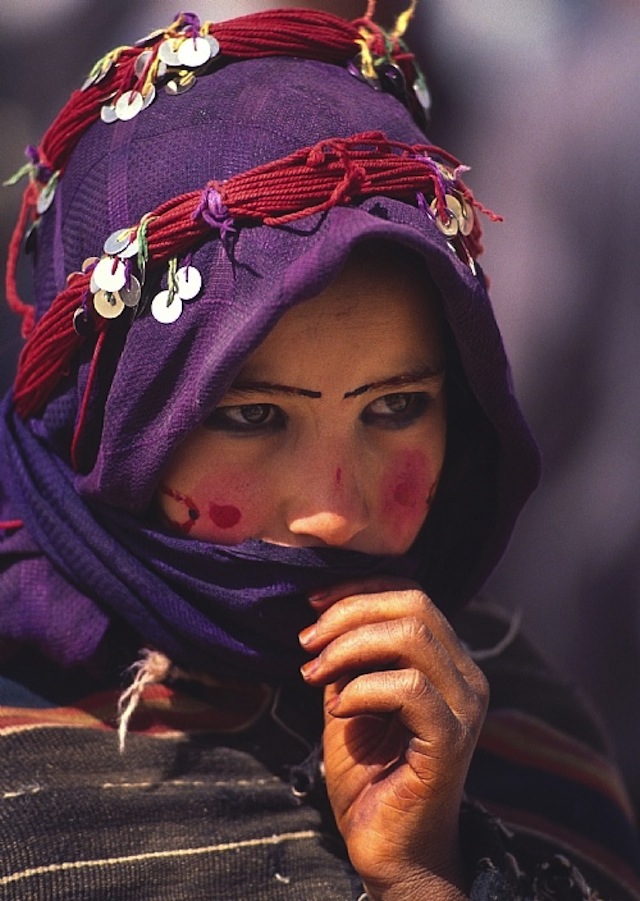
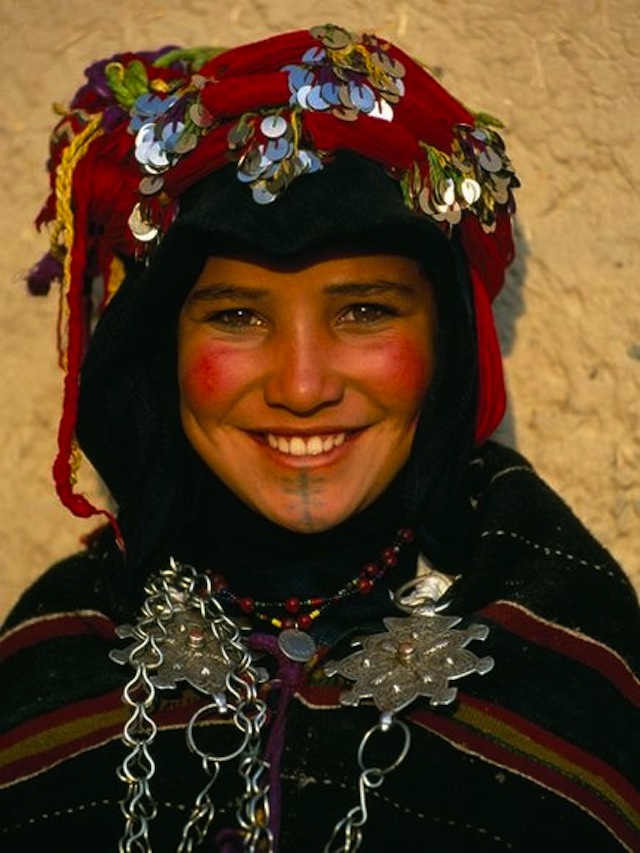 Above, 12 year old H’dda at the annual “brides fair” where she may catch the eye of a suitor. If her parents approve, a prolonged courtship begins. Girls are technically not allowed to marry until they are 16, but the Berbers don’t always observe this law. Imilchil village, Morocco, 1995.
Above, 12 year old H’dda at the annual “brides fair” where she may catch the eye of a suitor. If her parents approve, a prolonged courtship begins. Girls are technically not allowed to marry until they are 16, but the Berbers don’t always observe this law. Imilchil village, Morocco, 1995.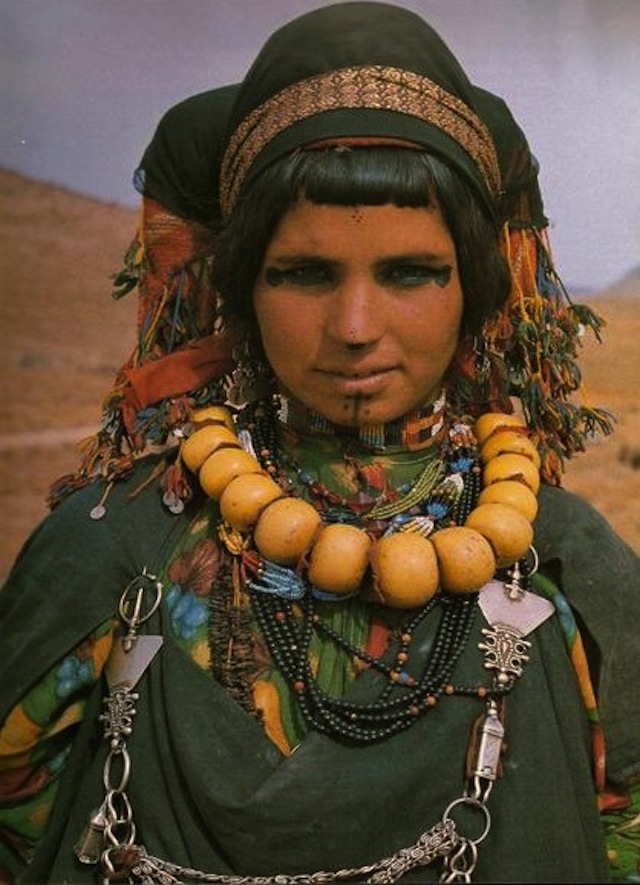
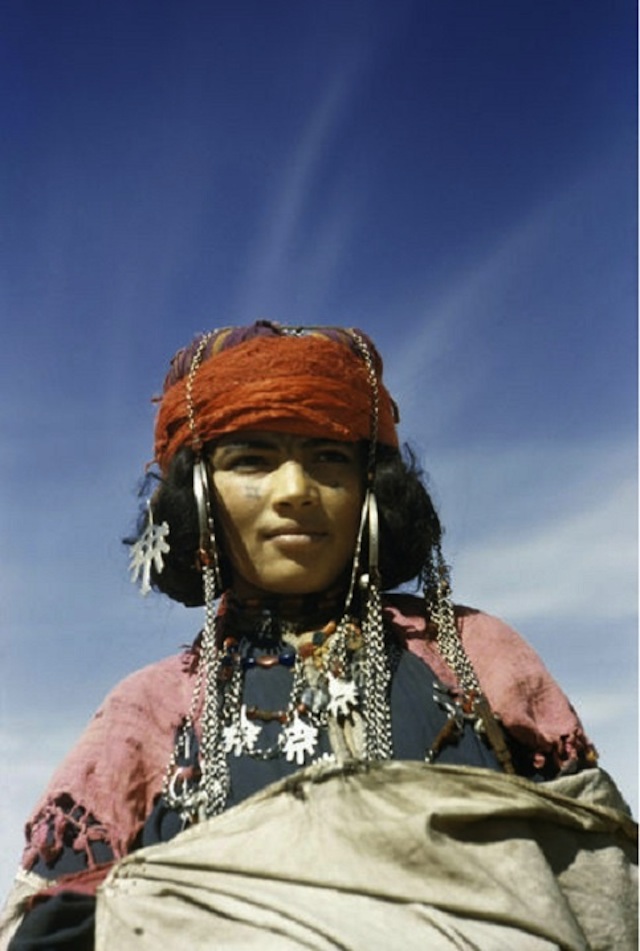
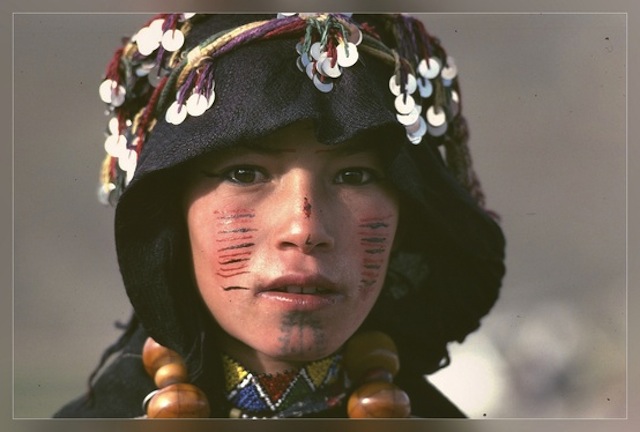
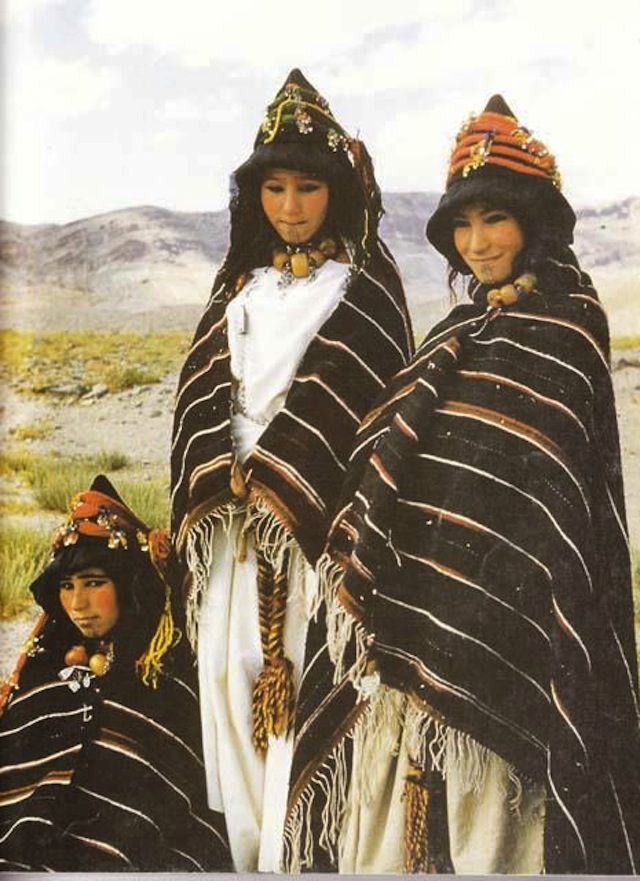
 Above, 1968. Below, 2008.
Above, 1968. Below, 2008.